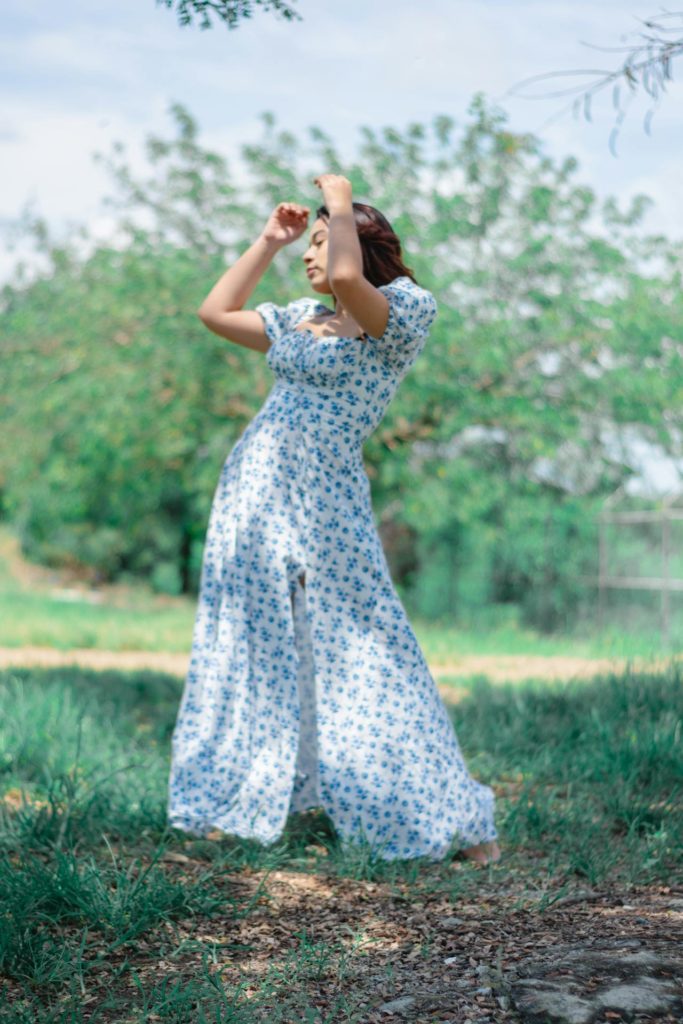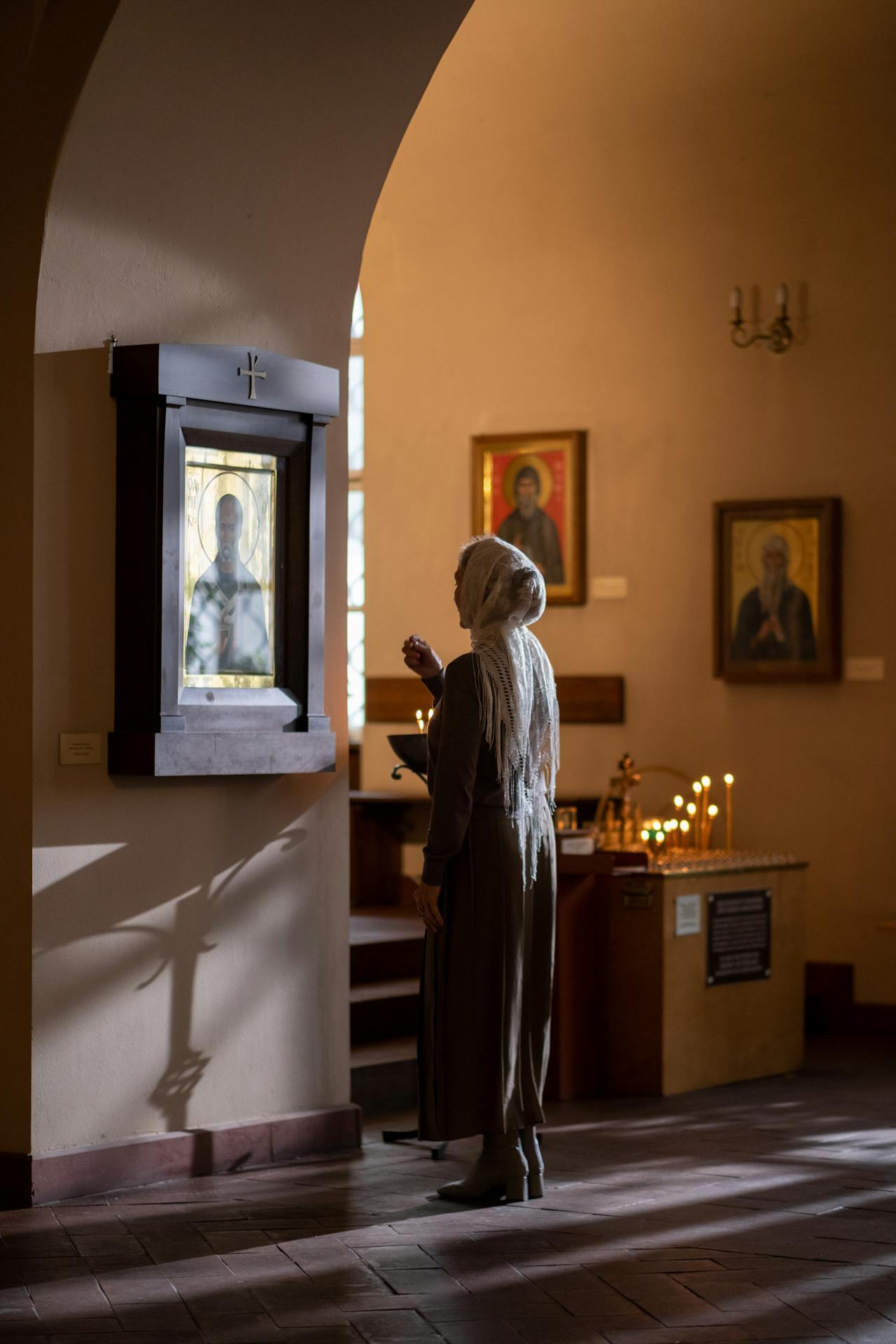Conversations about modesty evoke a wide spectrum of opinions and emotions; these discussions reflect the values we share as a society. The crux of why modesty remains controversial, yet often widely affirmed, can be traced to our collective discomfort with its antithesis: immodesty. Whether it is the overconfident coworker dominating every meeting with stories of personal grandeur or the distant relative boasting endlessly at family gatherings, most of us have felt that same twinge of unease. This shared reaction highlights the inherent worth we assign to modesty as a social virtue.
Modesty in Words, Actions, and Appearance
Modesty, or the lack thereof, is more than just an attitude or choice of words; it extends into the realm of physical presentation, particularly in how we choose to dress or groom ourselves. Any time we step out in public, we engage in an ongoing exchange of information, revealing both tangible aspects of our identity (our style of clothing, for instance) and intangible ones (our economic status or personal beliefs). This exchange is deeply personal; the more we reveal, the more vulnerable we become to the judgments or preconceptions of others.
Yet the act of concealing or revealing various parts of ourselves, whether physical attributes or personal details, is not purely superficial; rather, it is an exercise in how we manage vulnerability. Clothing choices, hairstyles, and other elements of personal appearance can serve as either shields or invitations. In a society where physical attractiveness often commands attention, many people invest heavily in their presentation to mitigate perceived vulnerabilities; paradoxically, this can increase dependence on others’ validation.

Knowledge, Power, and Vulnerability
The question of how much of ourselves we expose publicly touches upon issues of trust, privacy, and self-expression. Whenever we share personal details, intentionally or otherwise, we effectively grant others some degree of influence or insight into who we are. This dynamic is especially sensitive with strangers who have not yet earned our trust; they can wield the knowledge we reveal in ways that might be misaligned with our best interests. With loved ones, however, the calculus shifts because the foundation of mutual care reduces the risks associated with vulnerability.
Gender Dynamics and Cultural Norms
The conversation around modesty and clothing becomes even more layered when viewed through the lens of gender. Cultural expectations for men and women often diverge; these discrepancies can reinforce inequalities in how each gender navigates public spaces. Sociological studies illustrate how men and women experience different levels of risk and agency when interacting with strangers or choosing what to wear, underscoring the uniqueness of each group’s pressures.
Women, for example, may feel compelled to adopt revealing fashions due to societal standards; at the same time, they might be judged harshly for doing so. As a father, the desire to see my daughters grow up feeling both comfortable and respected in their attire underscores the need to revisit and challenge these societal pressures. Ideally, men and women should have the freedom to choose clothing that reflects their personal identity without fearing exploitation or disrespect.

Striving for Balance and Respect
Ultimately, modesty is less about strict rules and more about consideration, trust, and self-awareness. It invites us to think about how our attire, speech, and demeanor affect not only ourselves but also the people around us. Whether we aim to minimize vulnerability or simply express our individuality, acknowledging cultural context can help us strike a healthy balance between self-expression and respect for others.
- Examine Motivations: Consider why you choose certain styles of dress; is it for self-confidence, acceptance, or purely aesthetic reasons?
- Respect Boundaries: Recognize that what feels comfortable or modest to you might differ from others’ sensibilities. Mutual respect fosters healthy social interactions.
- Encourage Honest Dialogue: Open conversations—especially within families—can help clarify expectations, address vulnerabilities, and promote a culture of support rather than judgment.
Modesty remains a relevant and nuanced topic because it touches on identity, agency, and how we relate to each other. It is shaped by both cultural norms and individual convictions; navigating it effectively requires continual reflection and willingness to adapt. By recognizing how our choices in appearance and behavior influence the balance of knowledge, power, and vulnerability, we can cultivate a sense of dignity for ourselves and extend the same consideration to those around us. In doing so, we uphold modesty not as a restrictive rule but as a thoughtful and empowering practice that respects personal boundaries and preserves the essence of who we are.







